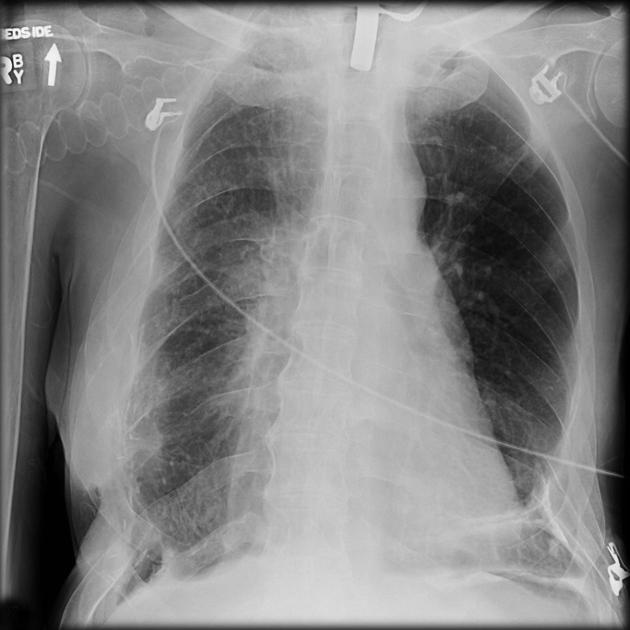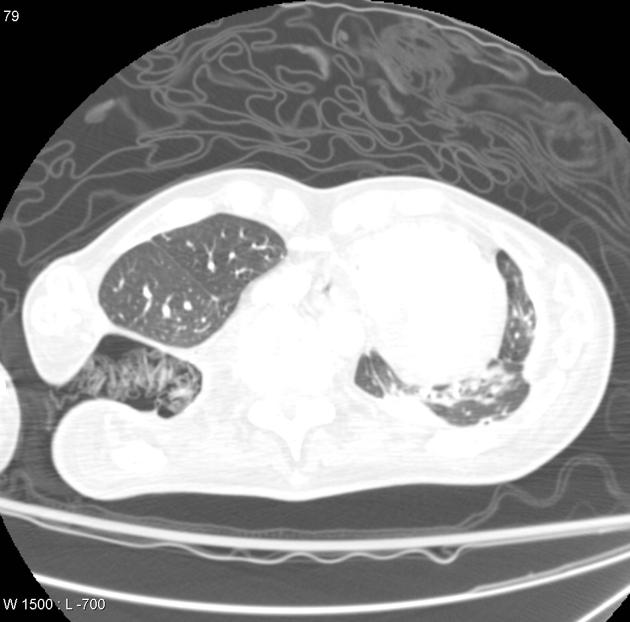A Clagett thoracotomy is a three stage procedure performed for treatment severe empyema and involves the resection of a posterolateral lower rib and the formation of an open window in the lateral aspect of the chest to allow continuous drainage and irrigation of the cavity with antibiotic solution 2,3. Once the healthy granulation tissue has lined the cavity and the patient has clinically recovered, the space is filled with antibiotic solution and the thoracotomy wound closed 2,4. Alternatively the space can be allowed to heal by secondary intention, resulting in a residual space 4.
In the setting of a coexisting bronchopleural fistula, then a Clagett procedure cannot be performed 4. Alternatives include transposition of vascularized tissue into the empyema cavity, including 2-4:
A single stage procedure can also be performed, whereby a U-shaped skin flap in introduced into the pleural space at the time of surgery. This is known as an Eloesser flap 5.
Etymology
The technique was first described at the Mayo clinic in 1963 by Clagett and Geraci 2,5.







 Unable to process the form. Check for errors and try again.
Unable to process the form. Check for errors and try again.